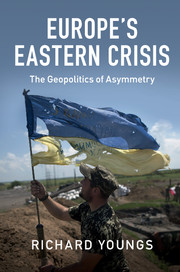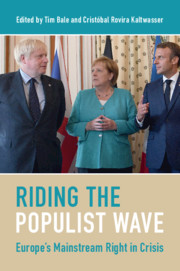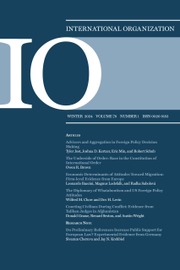Europe's Eastern Crisis
In recent years a series of crises have erupted on the European Union's eastern borders. Russia's annexation of Crimea and the subsequent conflict in eastern Ukraine presented the EU with a major foreign policy challenge, in both Ukraine and across the other countries of the so-called Eastern Partnership. In response, the EU has begun to map its own form of 'liberal-redux geopolitics' that combines various strategic logics. This book traces the effect of these crises on the foreign policy of the EU, examining the changes in policies towards the countries on its eastern borders, the EU's review of the Eastern Partnership, as well as the EU's relations with Russia overall. It goes on to uncover whether the EU has contained the crisis or if it has set up new conditions for more instability in the future.
- Uncovers a wealth of on-the-ground empirical information from interviews across the former Soviet space, providing a more nuanced feel for what the EU has done right and what it has not
- Links together theoretical and policy-oriented debates, allowing readers an insight into immediate EU policy imperatives and deeper analytical implications of the crisis
- Proposes a means of judging the EU's geopolitical response to the Ukraine-Russia crisis, going beyond simpler assertions that the EU must be more geopolitical
Product details
March 2017Paperback
9781107547315
262 pages
228 × 152 × 15 mm
0.38kg
Available
Table of Contents
- 1. Introduction
- 2. An analytical framework for European Union crisis responses
- 3. The return of geopolitics
- 4. Pre-crisis European Union eastern policy
- 5. Eastern policy from low to high politics
- 6. Limits to the European Union response
- 7. Ukraine I: shepherding revolution?
- 8. Ukraine II: containing conflict
- 9. Ukraine III: supporting reform
- 10. The impact on other eastern partners
- 11. Conclusion: a half-new European Union eastern policy.










